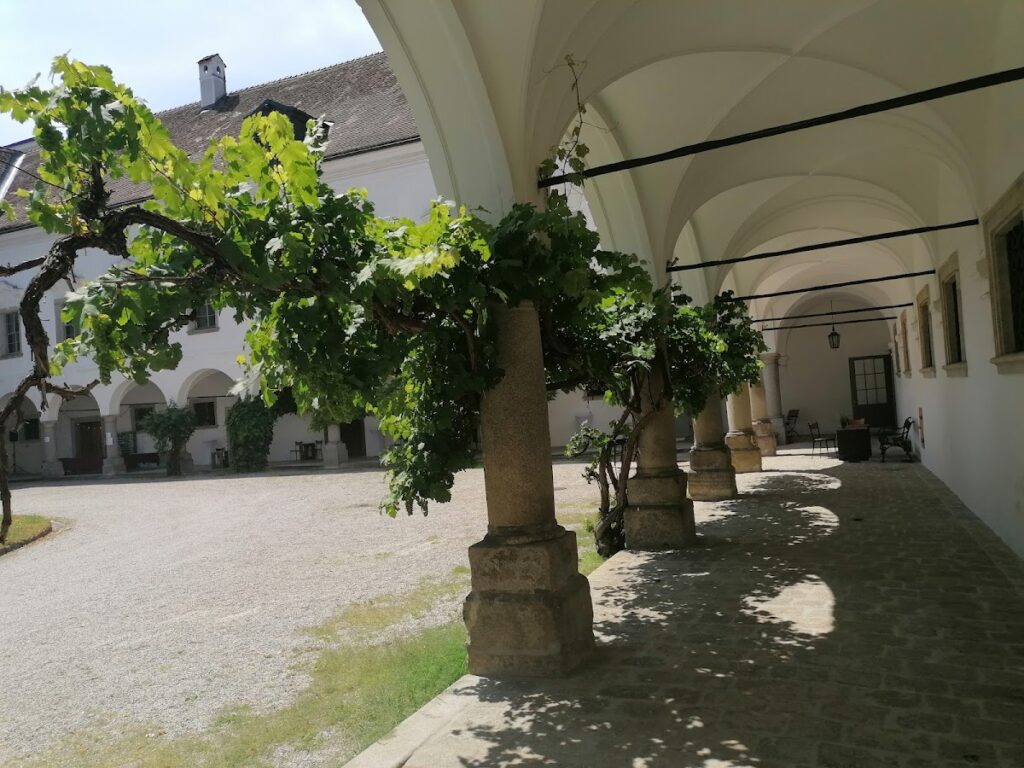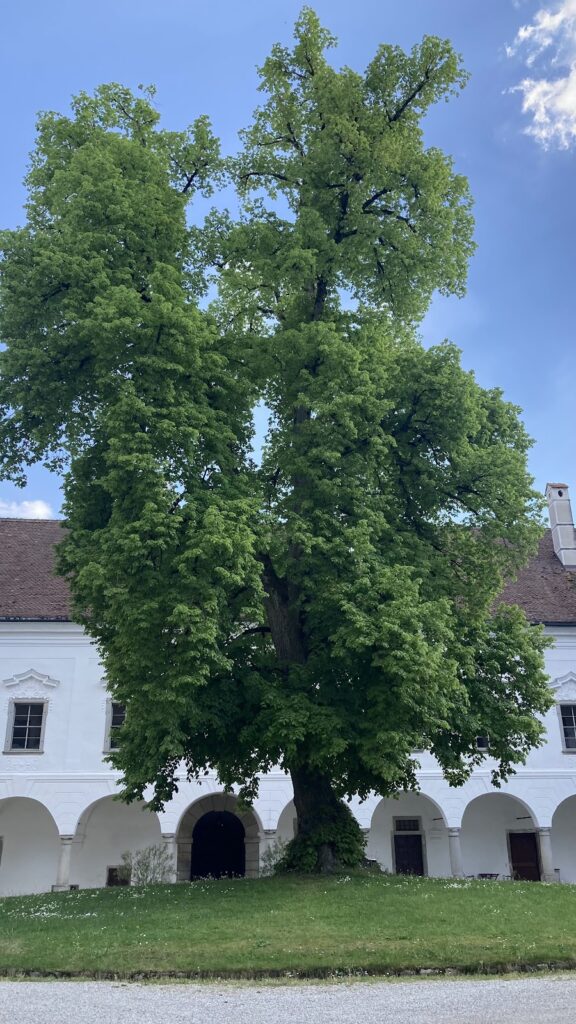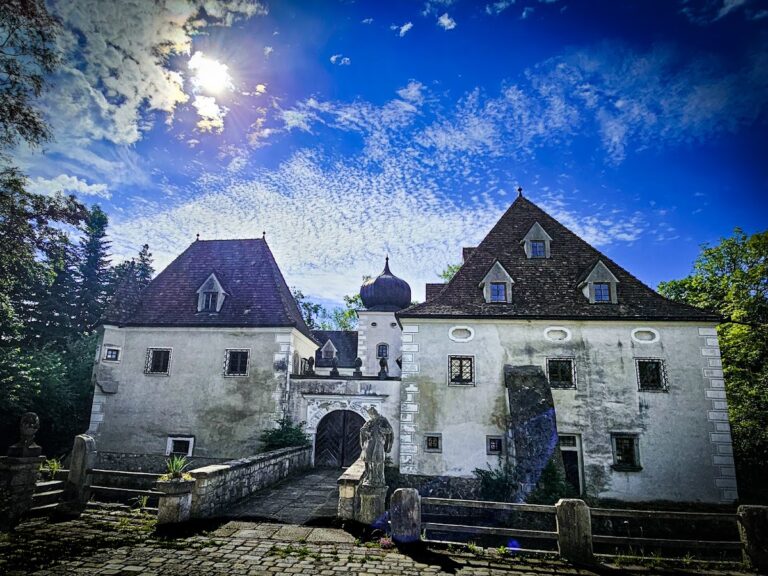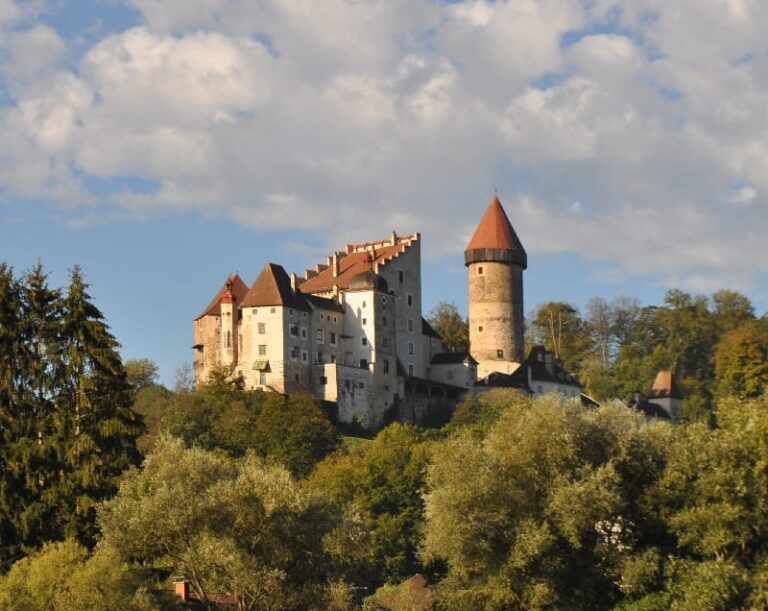Burg Volkenstorf: A Medieval Castle Site in St. Florian, Austria
Visitor Information
Google Rating: 4.6
Popularity: Low
Google Maps: View on Google Maps
Official Website: festspiele-schloss-tillysburg.at
Country: Austria
Civilization: Unclassified
Remains: Military
History
Burg Volkenstorf is located in the municipality of St. Florian, Austria, and was originally established by the medieval Volkenstorfer family. The castle’s origins date back to around 1020 when the family relinquished their previous holdings near Gleink to the local monastery and constructed a new fortification at Volkenstorf.
The family appears in historical records from 1151 under the name “de Volchenstorf,” reflecting their close association with the castle site. In the mid-13th century, the castle experienced a turbulent period when Ortolf II. von Volkensdorf and Otto III. Rohr were implicated in the murder of the provincial scribe Witiko von Prčice and Blankenberg in 1256. As a consequence of this crime, both nobles were exiled, their castles demolished, and their lands seized.
Following the victory of Rudolf of Habsburg over King Ottokar II Prěmysl, the Volkenstorfer family was restored to favor in 1282. Heinrich I. von Volkensdorf received official consent from Albrecht of Habsburg that same year to reconstruct the castle, which had been previously destroyed. This permission marked an important revival for the family’s presence and influence in the region between the rivers Enns and Traun.
Documents from 1422 indicate that the castle complex may have consisted of two separate residences, referred to as the Oberhaus (Upper House) and Niederhaus (Lower House), both possibly situated near one another. These estates were held as fiefs under the authority of the Passau bishopric, underscoring their feudal connections.
The castle and its surrounding farm buildings sustained significant damage during a fire in 1558. Despite this setback, the Volkenstorfer family retained ownership until 1610. Upon the death of the last male heir, the estate became the property of his Protestant widow, who sold it around 1629 or 1630 to Count Werner t’Serklaes von Tilly. Count Werner was a nephew of the notable military commander Johann T’Serclaes von Tilly.
Between 1633 and 1645, Count Werner undertook the demolition of the old Burg Volkenstorf. On the same location, he erected a new residence known as Schloss Tillysburg, repurposing building materials salvaged from the original castle ruins. For many years, the true location of Burg Volkenstorf was uncertain and mistakenly assigned to an area near Volkersdorf hamlet in the Enns municipality. This misconception was corrected in 2011 by Christian K. Steingruber, who identified the castle’s remains on a plateau just south of Schloss Tillysburg, approximately 200 meters away.
Subsequent archaeological investigations carried out in 2012 by the Federal Monuments Office and Upper Austrian State Museums, employing non-invasive techniques such as ground-penetrating radar and geomagnetic surveys, verified the site’s identification as the authentic remains of Burg Volkenstorf. The current estate owner, Georg Spiegelfeld-Schneeburg, who possesses both Schloss Tillysburg and Schloss Schlüsslberg, actively supported these research efforts led by medieval archaeologist Christina Schmid.
Remains
The archaeological site of Burg Volkenstorf reveals a layout characteristic of early medieval fortifications, featuring two prominent, rounded earth mounds that resemble motte structures. These mounds measure approximately 30 meters and 50 meters across and are believed to have served distinct roles within the castle complex. The larger mound likely functioned as the central fortified enclosure known in German as the Kernwerk, or main keep, while the smaller mound probably housed the Vorwerk, an outer defensive bailey or courtyard area.
Situated just a few meters south of these two mounds lies a smaller semicircular plateau, which may have been integrated into the castle grounds, potentially serving as an auxiliary space for support buildings or agricultural activity connected to the estate.
The site today shows only earthwork features without any standing stone constructions. The original masonry and timber elements were dismantled and reused during the construction of the later Schloss Tillysburg in the seventeenth century. On the summit of the main mound, a modern chapel known as the Lourdes-Grotte was erected in 1904, marking a spiritual addition to the historic site.
Archaeological prospection involved topographic mapping and advanced geophysical surveys including ground radar and geomagnetic techniques. These methods allowed researchers to confirm the extent and arrangement of the castle remains while leaving the earthworks largely undisturbed. The investigations did not produce stone artifacts or inscriptions but focused on defining the visible and subsurface structures related to the castle’s original footprint.
As the current condition consists primarily of shaped earth mounds and subtle landscape modifications, the site preserves the medieval footprint of Burg Volkenstorf while inviting ongoing study into its former architectural characteristics and role within the region’s feudal network.










